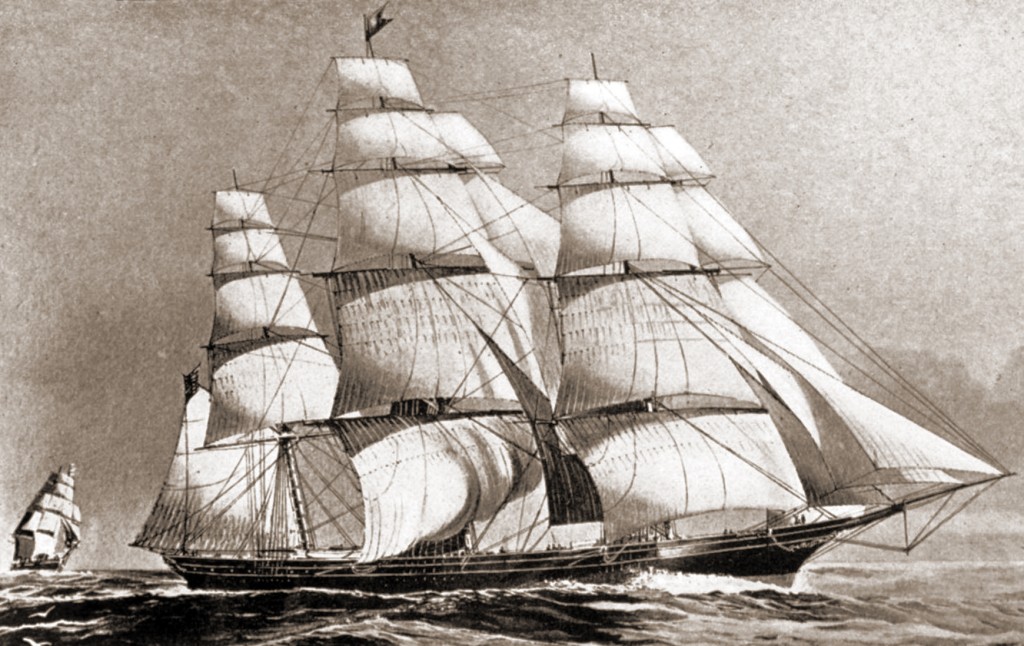


But when they were living in the foreigners’ colony in Canton in the 1830s, they didn’t actually see its effects on the Chinese population all that much. Robert Bennett Forbes compared the opium trade to nothing worse than dealing in liquor or strong spirits, and Warren Delano wrote that the opium trade was a perfectly honorable, legitimate trade. They didn’t see anything wrong with the opium trade. Several of the men I feature come from a tight-knit group of Yankee families in the Boston and New Bedford area. Introduce us to these men and explain how they squared their Protestant morality with what was essentially drug running, and how it eventually led to the Opium War. Shipping barons like Warren Delano and Robert Forbes got rich from the opium trade in China, which left millions addicted or dead. This made them very expensive to operate because you needed crews of 50 or 60 men. These ships were also much more loftily rigged than typical merchant ships. They were built to carry high-value freight, like tea from China or, during the Gold Rush, dry goods and provisions to California that would fetch very high prices. So the designers of the great clipper ships of the 1840s and 1850s sharpened the bow and stern, creating much hollower lines than before. The definition of an American clipper ship is a three-masted, full-rigged ship with square sails on each of her three masts that was built for speed rather than capacity. What’s distinctive about a clipper ship as opposed to other types of vessels? These merchants also used variants of the Baltimore clippers as opium runners, smuggling opium into China, thanks to bribes given to Chinese officials who were there to stop the opium trade but, instead, facilitated it. By the 1840s, American merchants doing business in China took these designs and expanded them into China clippers, carrying tea from Canton to New York and, later, Hong Kong. So-called Baltimore clippers, which were built in the Maryland Chesapeake Bay area in the 1810s and 1820s, were used as slave smugglers and privateers. A historian said of the clipper ships: “Illicit and desperate practices followed close in their wake throughout their existence.” Explain what he meant, and what the Americans’ goal was in producing them. When National Geographic caught up with Ujifusa in Washington, D.C., he explained how clipper ship owners reconciled their religious backgrounds with the opium trade, how steamships and the railroad eventually rendered clipper ships obsolete, and how a clipper ship with a female navigator held the record for the fastest voyage from New York to San Francisco right up to the 1980s. But as historian Steven Ujifusa shows in his new book, Barons of the Sea, clipper ships also had a dark side: They serviced the opium trade, which left millions of Chinese addicted, and employed brutal, and sometimes dangerous, methods to make their ships sail faster. Their owners would become some of the richest men in the United States. They revolutionized global trade, ferrying tea from China and delivering provisions and equipment to the burgeoning settlement of Gold Rush-era San Francisco.

In their day, they were the fastest ships ever to have been built.


 0 kommentar(er)
0 kommentar(er)
